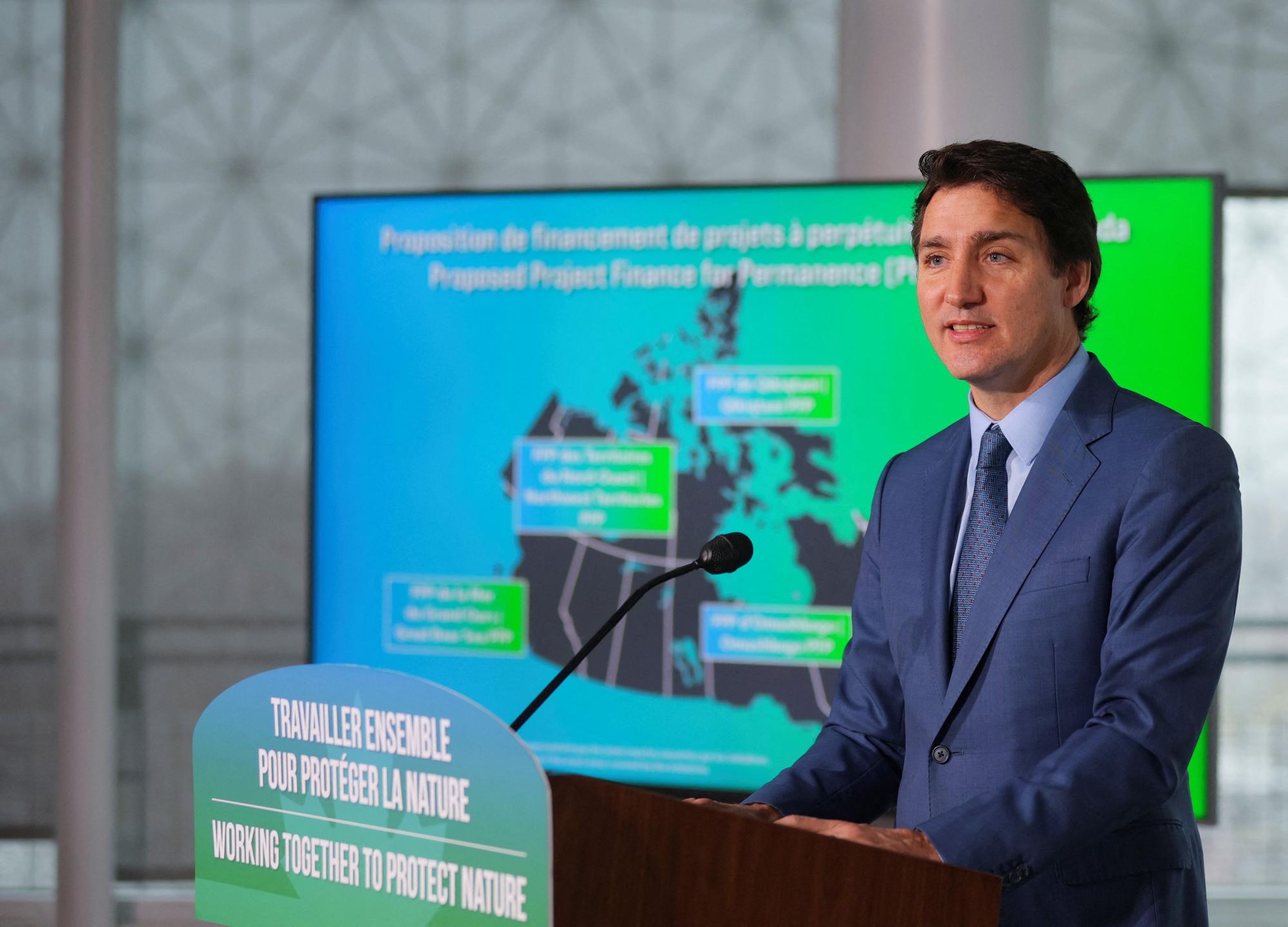For the first time in 30 years, legislation has been put forward to address catastrophic wildlife loss in the EU. Legally binding targets for all member states to restore wildlife on land, rivers and the sea were announced today, alongside a crackdown on chemical pesticides.
In a boost for UN negotiations on halting and reversing biodiversity loss, targets released by the European Commission include reversing the decline of pollinator populations and restoring 20% of land and sea by 2030, with all ecosystems to be under restoration by 2050. The commission also proposed a target to cut the use of chemical pesticides in half by 2030 and eradicate their use near schools, hospitals and playgrounds.
Frans Timmermans, executive vice-president of the commission, said the laws were a step forward in tackling the “looming ecocide” threatening the planet. Around €100bn (£85bn) will be available for spending on biodiversity, including the restoration of ecosystems. The target of 2030 to cut the use of pesticides will give farmers time to find alternatives.
Stella Kyriakides, commissioner for health and food safety, said: “We need to reduce the use of chemical pesticides to protect our soil, air and food, and ultimately the health of our citizens. This is not about banning pesticides. This is about making them a last resort measure.”
The proposals, which campaigners have hailed as a potential milestone for nature, could become law in around a year. The restoration proposal is the first biodiversity legislation since the release of the Habitats Directive in 1992 and is a crucial part of the EU’s biodiversity strategy.
Member states would have to create restoration plans to show the commission how they would reach the targets set, and if they fail to follow through they would face legal action.
Targets will be made for a range of ecosystems, including farmland, forests, rivers, urban and marine areas. Priority ecosystems include those with the greatest power to remove and store carbon, as well as buffer the impacts of natural disasters.
Some countries will have much more to do than others: Belgium, Denmark and Sweden are among the EU member states whose ecosystems are in the worst health, while Romania, Estonia and Greece are in a comparatively better state.
“It’s a huge milestone. It really has the potential to turn around our relationship with nature.”said Ariel Brunner from BirdLife Europe. “Ultimately, the difference between effective policy and just propaganda is whether you can take people to court for failing to do what they have to.
“We will need to go through the text with a fine-tooth comb, because several loopholes have been snuck in at the last minute,” he said, adding that there had been strong disagreement within the commission over the details of the report, with several delays as a result of objections from the farming and forestry lobbies.

The biggest threat to food production and security is the climate crisis and biodiversity loss, so nature restoration will help strengthen food security, commission officials said, with the benefits of restoration outweighing the costs by eight to one. “We demonstrate that we are able to lead by example,” one official said. “It is a comprehensive proposal.”
There must be no net loss of urban green space and tree canopy cover by 2030, the legislation says, and by 2050 there must be an increase in at least 10% of tree canopy cover in all cities and towns. For forest ecosystems, member states will have to increase forest connectivity, the number of birds and the stock of organic carbon.
There are also targets on river restoration, opening floodplains and removing dams. In marine areas, there will be pressure to close down fishing areas so habitats destroyed by bottom trawling can begin to recover.
Despite existing EU legislation, around a third of listed habitats are in unfavourable condition and deteriorating. Ioannis Agapakis, wildlife and habitats lawyer at ClientEarth, said: “Setting concrete targets and securing strong national implementation tools can turn the tide in the fight against these twin crises, but only if they are enforced.
“For this law to have teeth, we need to see monitoring, detailed planning and rules for the types of measures adopted to fulfil the law’s targets – otherwise they will remain just numbers on a page.”
Some campaigners argue that agri-environmental measures in forest management that do not contribute to real habitat restoration should not be included in the overall target. There are also concerns the marine restoration targets risk being unimplementable in practice, due to not managing destructive offshore fishing impacts.
The announcement comes as UN biodiversity negotiations restart in Nairobi, ahead of a final agreement being reached in Montreal in December. Governments are currently negotiating a global restoration target and Brunner said these laws will make the EU much more credible in negotiations. “This would in a sense position the EU legitimately as a biodiversity frontrunner because a lot of the international debates about biodiversity are mired with accusations from developing countries or less rich countries which tend to accuse the Europeans about preaching conservation and environment,” he said.
The proposals will be discussed in the European parliament and by the environment council. Once there is agreement on any amendments, they will then negotiate on compromises and get a text that parliament and council can vote on and approve. National plans will have to be submitted within two years of the legislation being implemented.
Find more age of extinction coverage here, and follow biodiversity reporters Phoebe Weston and Patrick Greenfield on Twitter for all the latest news and features


